Top 10 Best Blockchain Platforms – How to Choose the Best One for Your Project

In today’s digital economy, blockchain platforms are no longer just for cryptocurrencies — they are the foundation for secure, transparent, and efficient digital ecosystems. From finance and healthcare to logistics and supply chains, enterprises worldwide are leveraging blockchain technology to improve trust, automation, and scalability. But with hundreds of options available, how do you know which is the best blockchain platform for your business? This comprehensive guide from Newwave Solutions explains what blockchain platforms are, compares the top 10 platforms, and walks you through how to choose the right one for your project.
What is a Blockchain Platform?
A blockchain platform is a digital framework that allows developers and businesses to build and run blockchain-based applications such as decentralized apps (DApps), smart contracts, and digital assets. These platforms provide the underlying infrastructure — including consensus mechanisms, network architecture, and development tools — needed to deploy secure, tamper-resistant systems.
In simple terms, while blockchain technology is the concept — a decentralized ledger that records transactions across a distributed network — a blockchain platform is the implementation of that concept. For easy to understand, blockchain technology is the foundation, and blockchain platforms are what bring it to life in different industries—from finance and healthcare to logistics and gaming.
Here are key differences between blockchain technology and a blockchain platform:
| Aspect | Blockchain Technology | Blockchain Platform |
|---|---|---|
| Definition | The underlying distributed ledger concept | A framework that enables building blockchain applications |
| Function | Records and verifies transactions | Hosts, runs, and scales blockchain-based applications |
| Example | “Blockchain” as a data structure | Ethereum, Hyperledger, Polygon, Solana, etc. |
Blockchain platforms can be public, private, or consortium-based, depending on who can access and manage the data. Choosing between them depends on your goals — whether you want open participation, controlled access, or hybrid flexibility.
Top 10 Best Blockchain Platforms
The number of blockchain platforms continues to grow every year. Each offers unique advantages, tools, and ecosystems. Below are the best blockchain platforms currently used by businesses and developers worldwide, chosen for their maturity, scalability, security, and active communities:
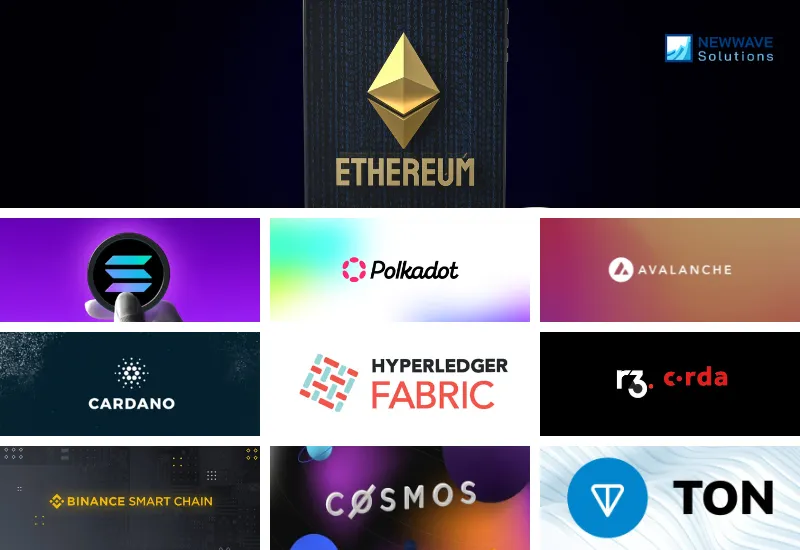
1. Ethereum
- Type: Public, Layer-1
- Application: DApps, DeFi, NFTs, DAOs
- Key features: Ethereum Virtual Machine (EVM), Solidity language, Proof of Stake, large developer ecosystem
- Best for: Projects that need high decentralization and global adoption
- Level of integration: Very high; compatible with many wallets, bridges, and tools
Ethereum is the pioneer and most popular blockchain development platform for decentralized applications. It enables developers to build smart contracts and decentralized applications using Solidity. After its shift to Proof of Stake, Ethereum became more energy-efficient while maintaining robust security and community support.
Ethereum’s strength lies in its ecosystem maturity — thousands of DApps, NFT projects, and decentralized finance platforms run on it. However, gas fees and network congestion can be costly, which has led to the rise of scaling solutions like Polygon and Layer 2 rollups.
The migration to Proof of Stake (Ethereum 2.0) has improved scalability and sustainability. For businesses, Ethereum’s biggest value lies in its developer maturity — comprehensive tools, libraries, and global community support — which reduces time to market for blockchain projects.
Pros:
- Most mature and trusted ecosystem
- High security and decentralization
- Massive developer and user base
Cons:
- High gas fees on mainnet
- Lower transaction speed than newer platforms
2. Solana
- Type: Public
- Application: DeFi, gaming, NFTs, Web3 apps
- Key Features: Proof of History (PoH) consensus, high throughput, low fees
- Best For: High-performance consumer and Web3 projects
- Level of Integration: Rapidly expanding in global developer communities
Solana is engineered for speed and scalability with low cost. Its Proof of History mechanism timestamps transactions before validation, allowing processing rates exceeding 60,000 TPS. This makes Solana ideal for applications requiring real-time responsiveness, such as gaming or decentralized exchanges.
Its ecosystem has seen explosive growth, supported by venture investments and developer-friendly SDKs. Despite occasional network downtimes, Solana’s innovation pipeline continues to push boundaries for next-generation decentralized apps.
Pros:
- Extremely fast and cost-efficient
- Ideal for high-traffic DApps
- Growing tooling and partner ecosystem
Cons:
- Occasional network instability
- Less decentralized than older chains
3. Polkadot
- Type: Public / Interoperable Network
- Application: Multi-chain connectivity, DeFi, enterprise integration
- Key Features: Parachain architecture, shared security, cross-chain communication
- Best For: Projects requiring interoperability across blockchains
- Level of Integration: High with Web3 and enterprise consortia
Polkadot was designed to solve one of blockchain’s biggest challenges — interoperability. It connects multiple independent blockchains (“parachains”) to a central relay chain, enabling secure data and asset transfers across networks.
For enterprises and developers building multi-network ecosystems, Polkadot provides flexibility, scalability, and shared security. Its governance model also allows upgrades without disruptive forks, supporting long-term ecosystem stability.
Pros:
- Advanced interoperability
- Scalable multi-chain architecture
- Active Web3 Foundation and developer support
Cons:
- Complex for newcomers
- Slower adoption among large enterprises
4. Avalanche
- Type: Public, Layer-1 with subnets
- Application: DApps, DeFi, enterprise blockchains
- Key features: Three-chain architecture (X, C, P), customizable subnets, fast finality
- Best for: Enterprises seeking private yet scalable blockchain solutions
- Level of integration: Increasing across DeFi and enterprise sectors
Avalanche uses a triple-chain architecture to optimize scalability and flexibility. Its “subnets” enable developers to create custom, interoperable blockchains tailored to specific compliance or performance needs.
The platform’s low latency (finality under two seconds) makes it suitable for financial transactions and real-time asset tracking. Avalanche’s compatibility with the Ethereum Virtual Machine also allows easy migration of existing smart contracts.
Pros:
- Fast and energy-efficient
- Customizable networks for enterprises
- Excellent interoperability with Ethereum
Cons:
- Smaller ecosystem compared to Ethereum
- Governance still evolving
5. Cardano
- Type: Public
- Application: Smart contracts, DeFi, identity management, sustainability projects
- Key Features: Peer-reviewed architecture, Ouroboros PoS, layered design
- Best For: Academically rigorous and sustainable blockchain solutions
- Level of Integration: Growing academic and enterprise adoption
Cardano stands out for its scientific approach to blockchain development. Every component, from its consensus mechanism to its contract layer, is peer-reviewed and formally verified, ensuring reliability and long-term stability.
It’s favored for projects focused on education, identity verification, and sustainability, especially in emerging economies. The Cardano ecosystem continues to grow as smart contracts mature under the Plutus framework.
Pros:
- Environmentally friendly and secure
- Strong academic and research foundation
- Transparent governance
Cons:
- Slower feature rollout
- Fewer live DApps compared to competitors
6. Hyperledger Fabric
- Type: Private / Consortium
- Application: Enterprise supply chains, finance, healthcare
- Key Features: Modular design, permissioned access, pluggable consensus
- Best For: Corporates needing private, auditable blockchain networks
- Level of Integration: Deep with ERP and legacy systems
Hyperledger Fabric, maintained by the Linux Foundation, is the enterprise standard for private and consortium blockchains. It provides a modular architecture that lets organizations define membership rules, identities, and governance.
Unlike public networks, Fabric supports confidential transactions and private data channels, making it ideal for logistics, manufacturing, and regulated industries. Companies like IBM and Walmart use it for supply-chain transparency and traceability.
Pros:
- Enterprise-grade privacy and scalability
- Flexible governance and access control
- Proven track record across industries
Cons:
- Requires experienced deployment teams
- Not suitable for open public networks
7. R3 Corda
- Type: Private / Permissioned
- Application: Finance, insurance, trade settlement, regulatory systems
- Key Features: Peer-to-peer transactions, legal contract integration, interoperability
- Best For: Financial institutions and regulated sectors
- Level of Integration: Deep within global finance ecosystems
Corda by R3 focuses on privacy, compliance, and financial integrity. Unlike most blockchains, it doesn’t broadcast all transactions network-wide; instead, data is shared only with relevant parties, ensuring confidentiality.
Corda is widely used in insurance, trade finance and banking software solutions for settlement, KYC, and asset tokenization. Its design aligns with enterprise IT frameworks, making it easier for large institutions to integrate blockchain into existing systems.
Pros:
- High privacy and regulatory compliance
- Optimized for financial workflows
- Mature enterprise partnerships
Cons:
- Closed ecosystem
- Less suited for decentralized apps
8. Binance Smart Chain (BNB Chain)
- Type: Public
- Application: DeFi, NFTs, gaming, payments
- Key Features: Dual-chain architecture, low gas fees, EVM compatible
- Best For: Fast-moving consumer and retail-focused blockchain apps
- Level of Integration: Extensive within Binance ecosystem
BNB Chain (formerly Binance Smart Chain) delivers fast, affordable, and accessible blockchain infrastructure. By combining Proof of Staked Authority (PoSA) with EVM compatibility, it enables developers to deploy Ethereum-style smart contracts at lower costs.
It powers thousands of decentralized exchanges, NFT marketplaces, and GameFi projects. For startups, its low fees and access to the Binance ecosystem make it a practical entry point into blockchain deployment.
Pros:
- Low transaction fees
- Strong ecosystem and liquidity
- Easy migration from Ethereum
Cons:
- Higher centralization
- Frequent copycat projects dilute quality
9. Cosmos
- Type: Public / Interoperable Framework
- Application: Multi-chain applications, cross-chain DeFi, governance networks
- Key Features: Inter-Blockchain Communication (IBC), modular SDK, Tendermint Core
- Best For: Developers building interoperable blockchain ecosystems
- Level of Integration: Expanding across DeFi and enterprise interoperability projects
Cosmos brands itself as the Internet of Blockchains. It allows multiple independent blockchains to communicate and exchange data through its Inter-Blockchain Communication protocol.
This structure supports seamless scalability and cross-chain functionality. With the Cosmos SDK, developers can build custom, application-specific blockchains — an ideal choice for enterprises exploring multi-network strategies.
Pros:
- True interoperability and modularity
- Strong developer tooling
- Efficient consensus via Tendermint
Cons:
- Technical complexity
- Smaller enterprise adoption base
10. TON (The Open Network)
- Type: Public
- Application: Payments, digital identity, Web3 integration, decentralized storage
- Key Features: High scalability, sharding, integration with Telegram ecosystem
- Best For: Consumer-oriented applications and high-volume networks
- Level of Integration: Rapidly expanding with global user access
Originally created by Telegram, TON has evolved into a scalable and user-friendly blockchain platform supporting millions of users worldwide. Its dynamic sharding allows infinite scalability, while native wallet integration enables frictionless adoption across Telegram’s ecosystem.
TON is gaining traction in payments, data storage, and decentralized social apps, thanks to its user-first design and mass-market potential.
Pros:
- Massive reach through Telegram user base
- Extremely fast and scalable
- Simple user onboarding
Cons:
- Relatively new and evolving governance
- Limited enterprise applications so far
Here is Blockchain Platform Comparison Table for you to have an overall picture of comparison:
| Platform | Type | Best For | Consensus | TPS (Transactions Per Second) (Approx.) | Ecosystem Maturity |
|---|---|---|---|---|---|
| Ethereum | Public | DApps, DeFi | Proof of Stake | 30 | Very High |
| Solana | Public | High-speed apps | PoH + PoS | 65,000 | Rapid Growth |
| Polkadot | Public | Interoperability | NPoS + Parachains | 1,000+ | Strong |
| Avalanche | Public | Multi-chain & Finance | PoS | 4,500 | Strong |
| Cardano | Public | Research-based DApps | Ouroboros PoS | 250 | Growing |
| Hyperledger Fabric | Private | Enterprise systems | Pluggable | 3,000+ | Mature |
| R3 Corda | Private | Financial services | BFT/Raft | Variable | Mature |
| BNB Chain | Public | Consumer DApps | PoSA | 160+ | High |
| Cosmos | Public | Interoperable chains | Tendermint BFT | 10,000+ | Expanding |
| TON | Public | Payments & Web3 | PoS + Sharding | 100,000+ | Emerging Fast |
How to Choose a Blockchain Platform Best for Your Project?
Choosing the right blockchain platform is a strategic decision. The ideal option depends on your use case, performance needs, compliance requirements, and long-term scalability goals.
Criteria for Evaluation
When evaluating blockchain platforms, consider these critical criteria:
- Purpose & Use Case: Identify whether your project focuses on public transparency (e.g., NFT marketplace) or enterprise privacy (e.g., supply chain traceability).
- Consensus Mechanism: Determines speed, scalability, and energy efficiency.
- Ecosystem & Developer Support: Platforms with large communities offer better documentation, security patches, and integrations.
- Scalability & Performance: Assess TPS (transactions per second) and latency.
- Security & Compliance: Choose a platform that aligns with regulatory frameworks like GDPR or ISO 27001.
- Integration Capabilities: Check compatibility with your existing systems, APIs, and cloud infrastructure.
- Cost Efficiency: Evaluate network fees, infrastructure setup, and maintenance — see more in our detailed guide on the cost of blockchain development.
Blockchain Platform Choosing Process
Follow these steps to make a confident selection:
- Define Your Business Goals: Clarify what you aim to achieve — transparency, automation, or cost optimization.
- Map Requirements to Platform Type: Public for open innovation, private for enterprise control, consortium for multi-party collaboration.
- Prototype (MVP): Test your idea on a small scale to validate speed, cost, and integration.
- Assess Ecosystem Fit: Ensure your team or partner can support the platform’s programming language (Solidity, Rust, Go, etc.).
- Plan for Scalability: Evaluate how the platform handles future growth, user volume, and upgrades.
- Select a Reliable Partner: Work with experienced blockchain developers or top companies for blockchain development to minimize risks.
Extra Tips to Choose
Selecting the right blockchain platform isn’t only about technology—it’s about aligning your goals, audience, and long-term scalability. Keep these insights in mind before deciding:
- Go for public chains like BNB Chain or Solana if your priority is speed, affordability, and rapid go-to-market. They offer low fees and broad user access for startups and consumer-facing apps.
- Choose Ethereum when you need proven reliability, a massive developer community, and extensive integration options. It remains the safest foundation for projects seeking credibility and ecosystem reach.
- Opt for permissioned platforms such as Hyperledger Fabric or R3 Corda if you are an enterprise or regulated organization that values privacy, governance, and compliance.
- Explore interoperable networks like Polkadot or Cosmos if your business model requires multiple connected chains or the flexibility to create your own blockchain while maintaining compatibility with global networks.
- Always evaluate long-term operational costs. Some newer platforms may look attractive initially but can bring higher maintenance or governance risks later on.
In short, match the platform to your business objectives, not just the trend—and partner with an experienced blockchain development solutions provider to make every decision data-driven and future-proof.
Final Thought
Selecting the right blockchain platform can shape your project’s success for years. Each option — from Ethereum’s vast ecosystem to Hyperledger’s enterprise control — serves different goals. The best blockchain platform is the one that fits your business objectives, budget, and technical readiness.
At Newwave Solutions, we help organizations identify, design, and build blockchain applications on the most suitable platforms — from public chains like Ethereum and Polygon to enterprise-grade frameworks like Hyperledger and Corda. With a talented team of certified blockchain developers in Vietnam, we deliver cost-effective, secure, and scalable blockchain development services for global clients.
Whether you’re exploring emerging technology solutions or looking to modernize your business through IT outsourcing services, we provide full-cycle support — from consulting to deployment.
Let’s build your next innovation together. Contact us to discover which blockchain platform will power your success.
To Quang Duy is the CEO of Newwave Solutions, a leading Vietnamese software company. He is recognized as a standout technology consultant. Connect with him on LinkedIn and Twitter.

Read More Guides
Get stories in your inbox twice a month.
Let’s Connect
Let us know what you need, and out professionals will collaborate with you to find a solution that enables growth.
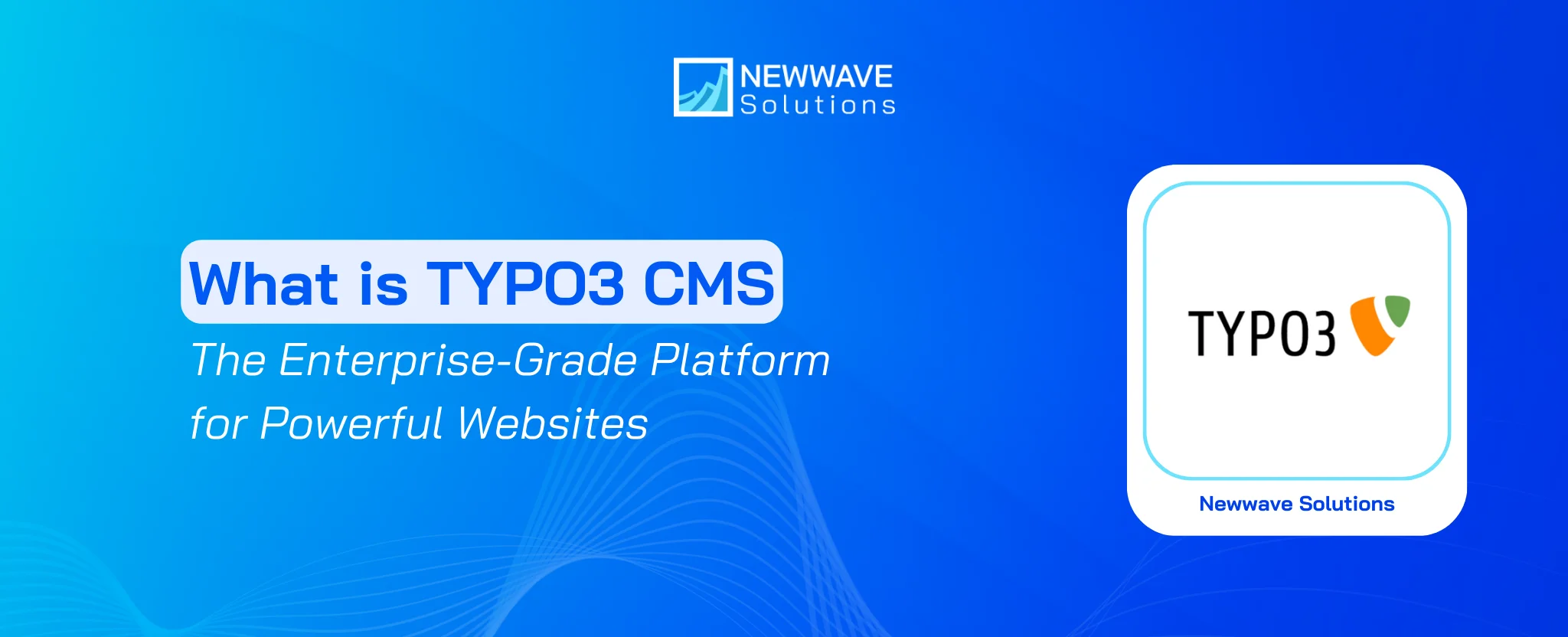
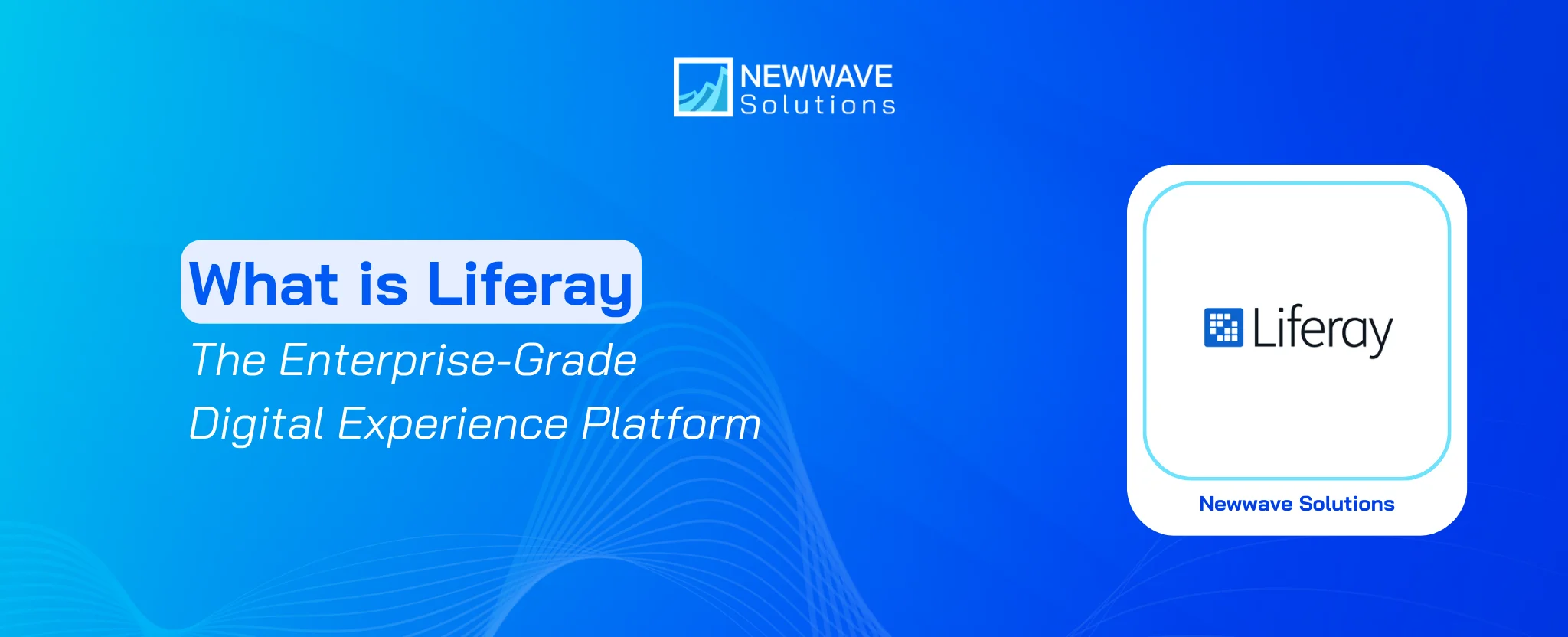
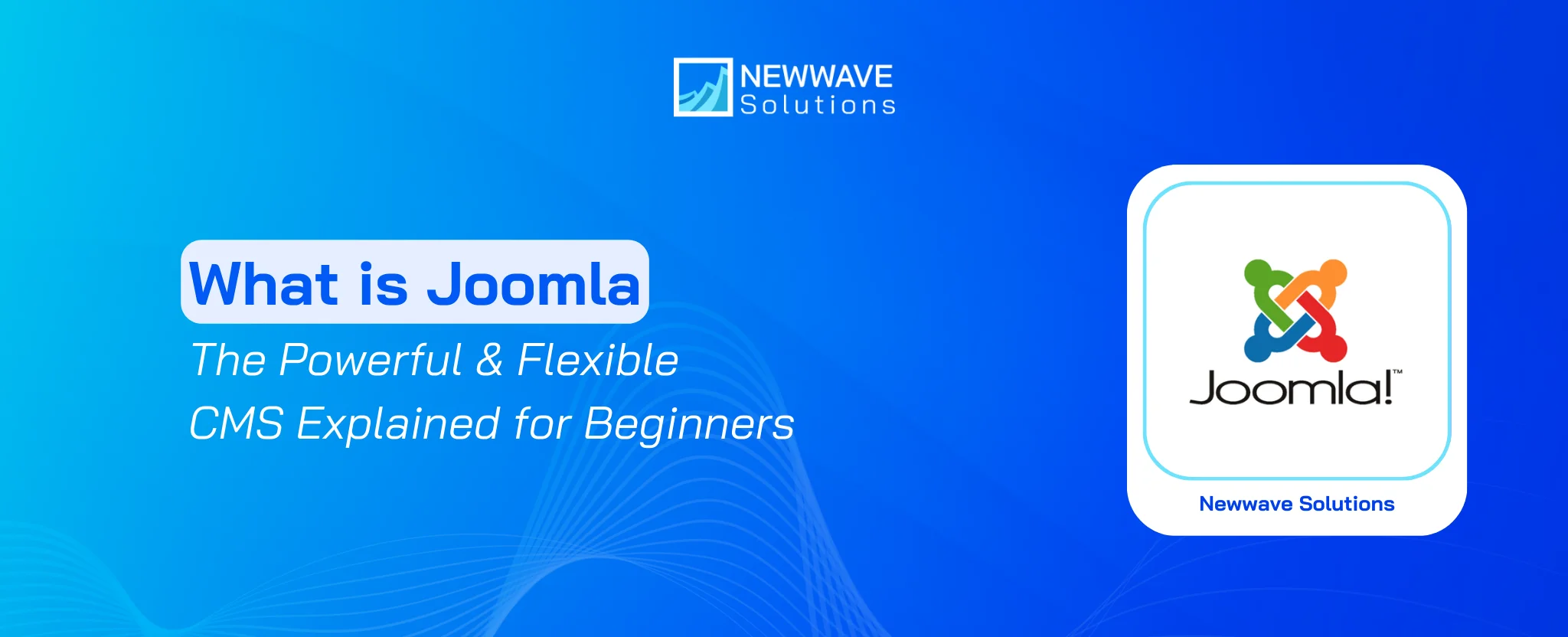
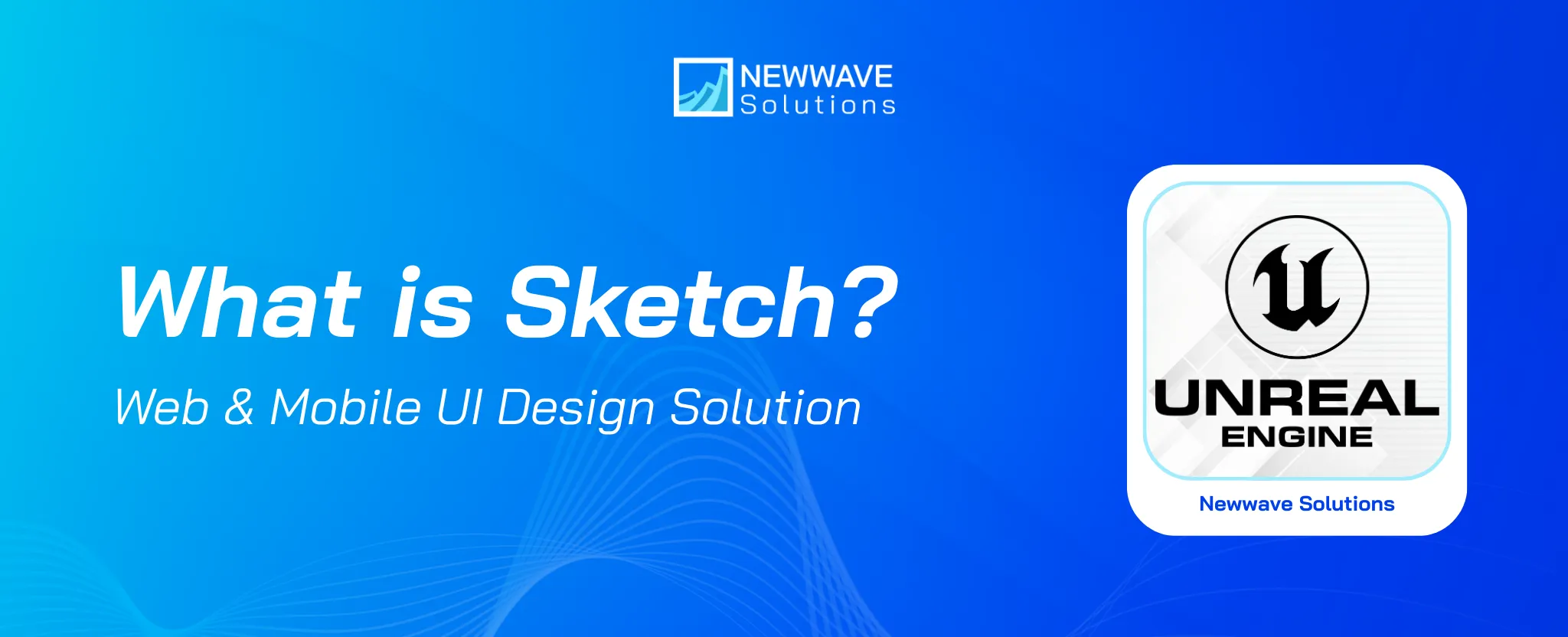
Leave a Reply